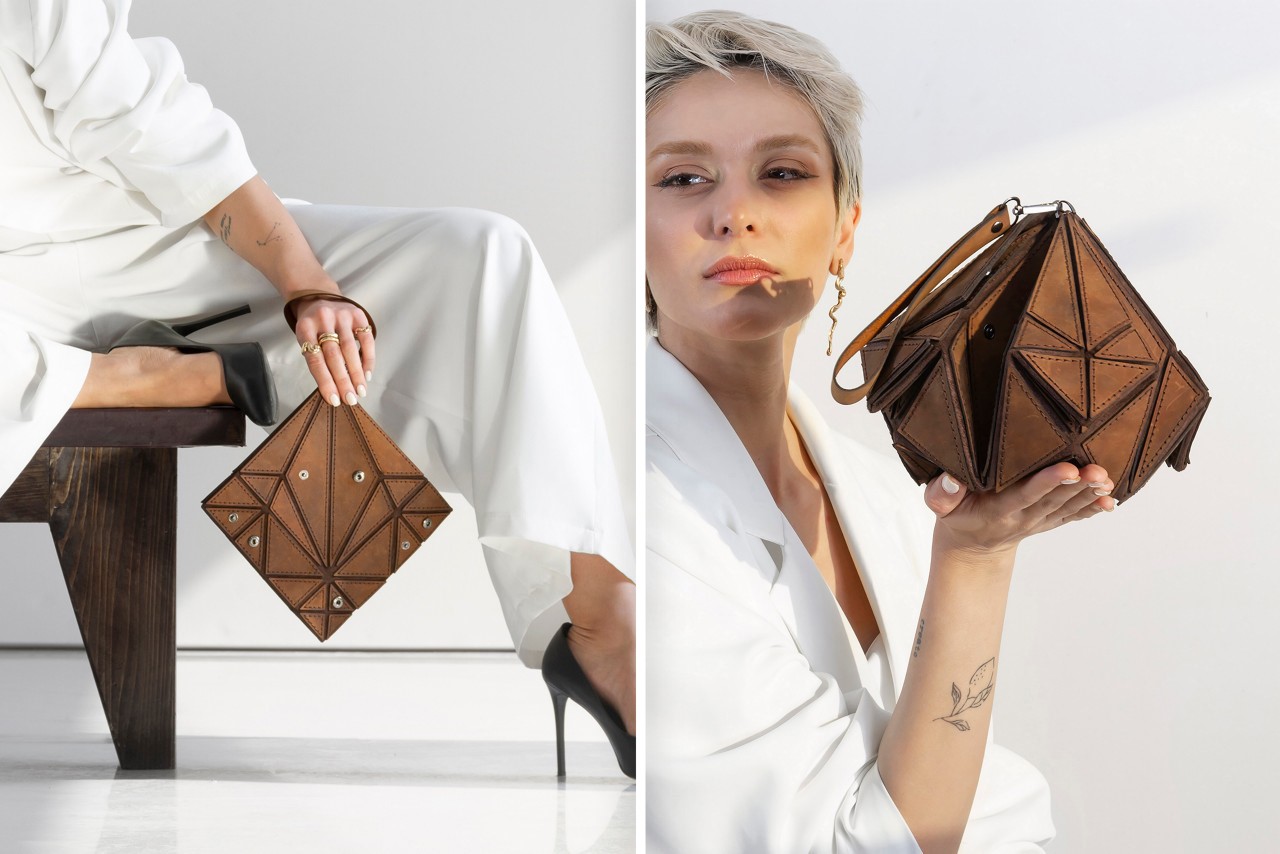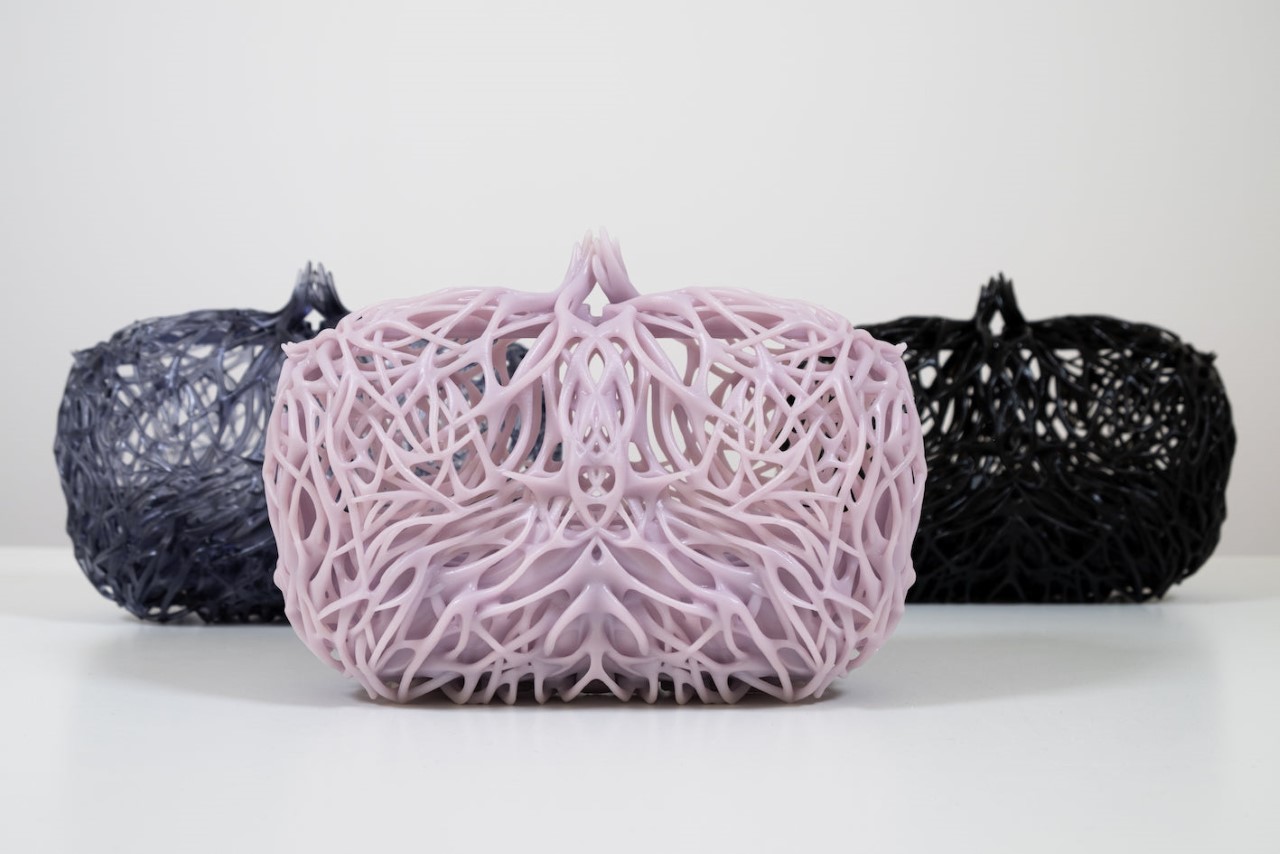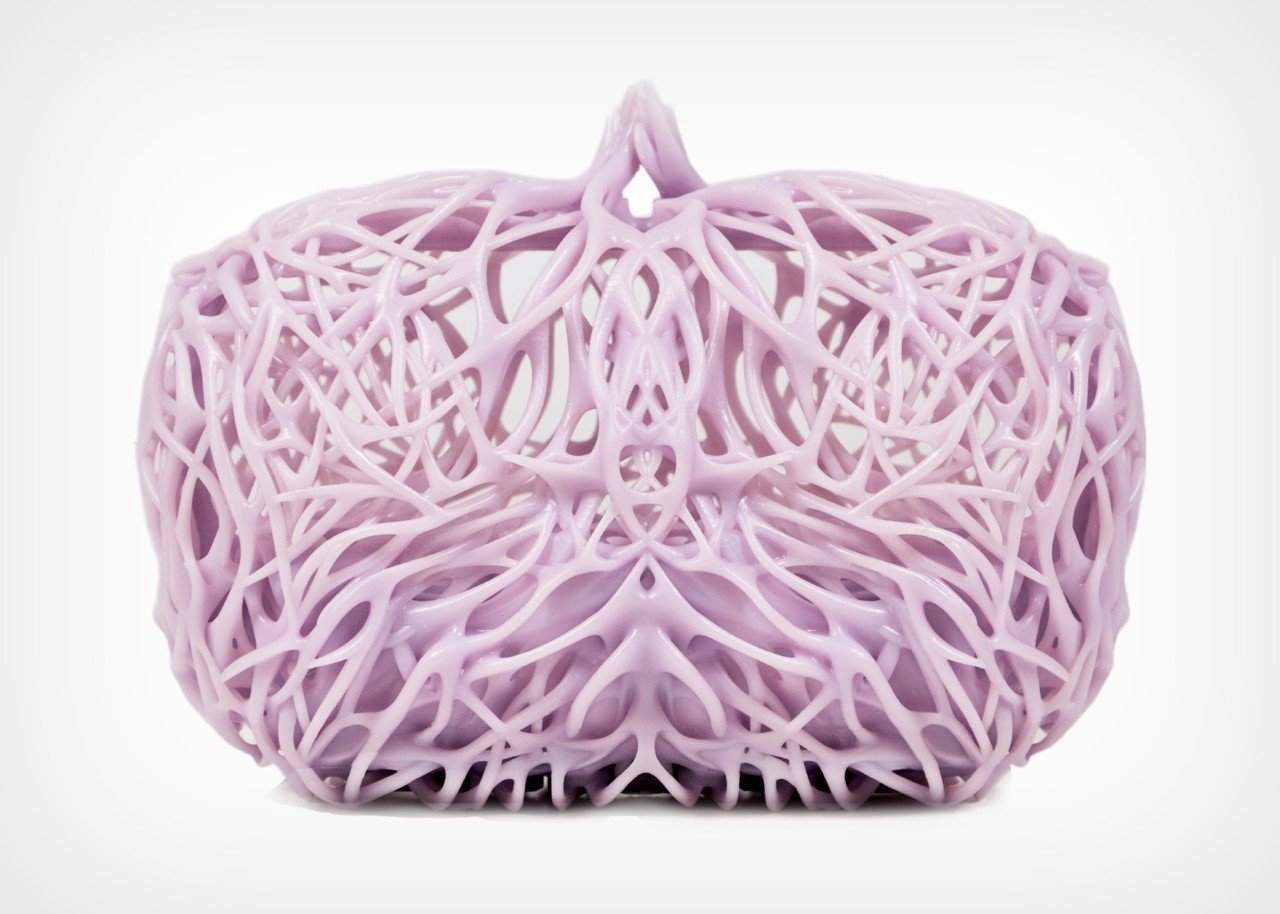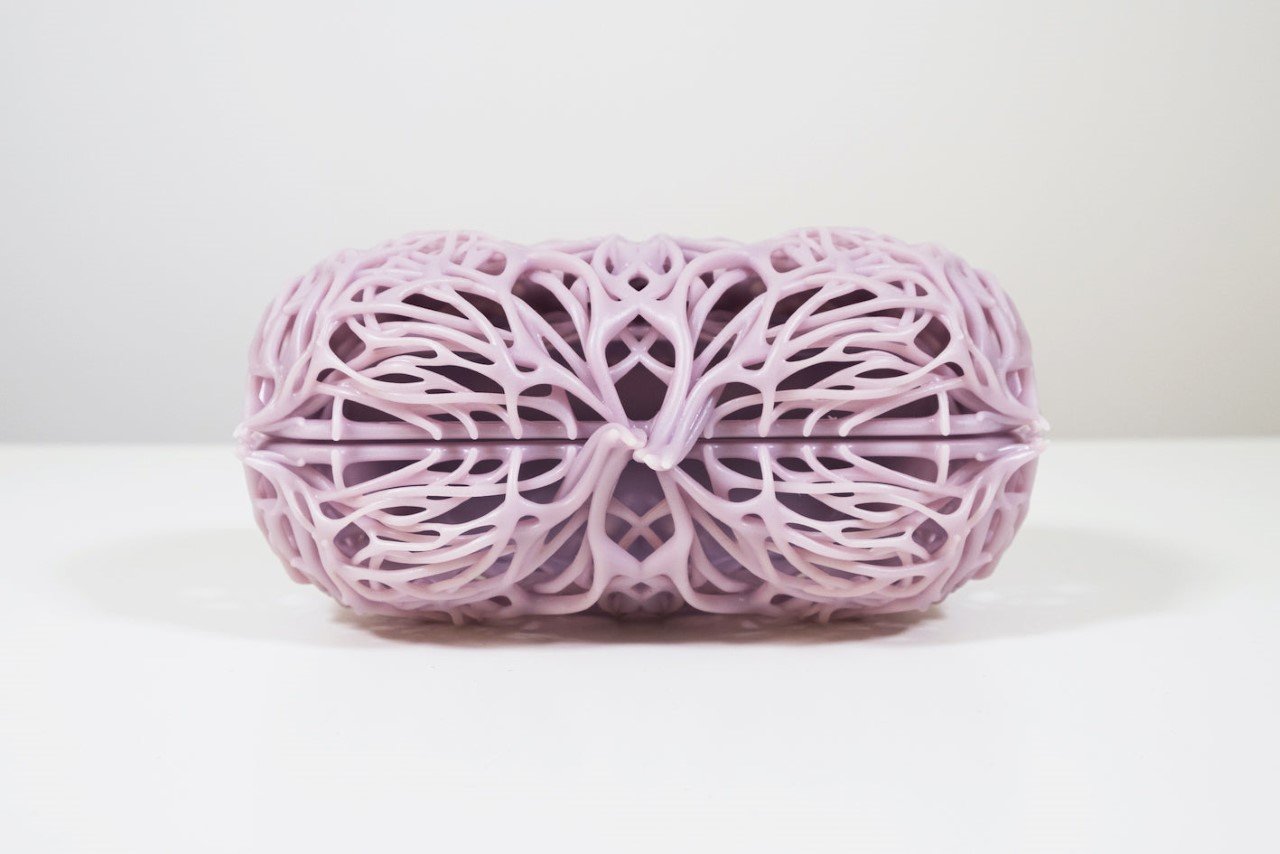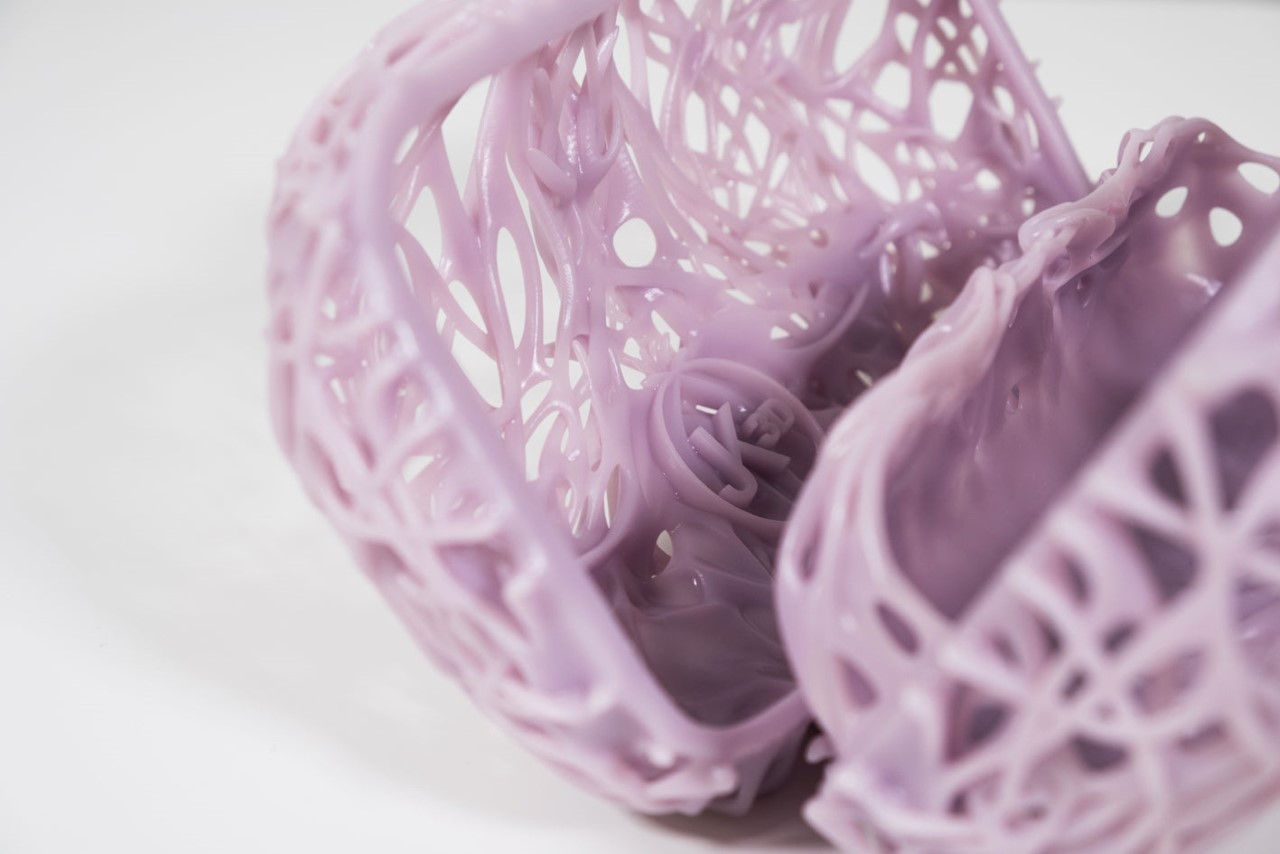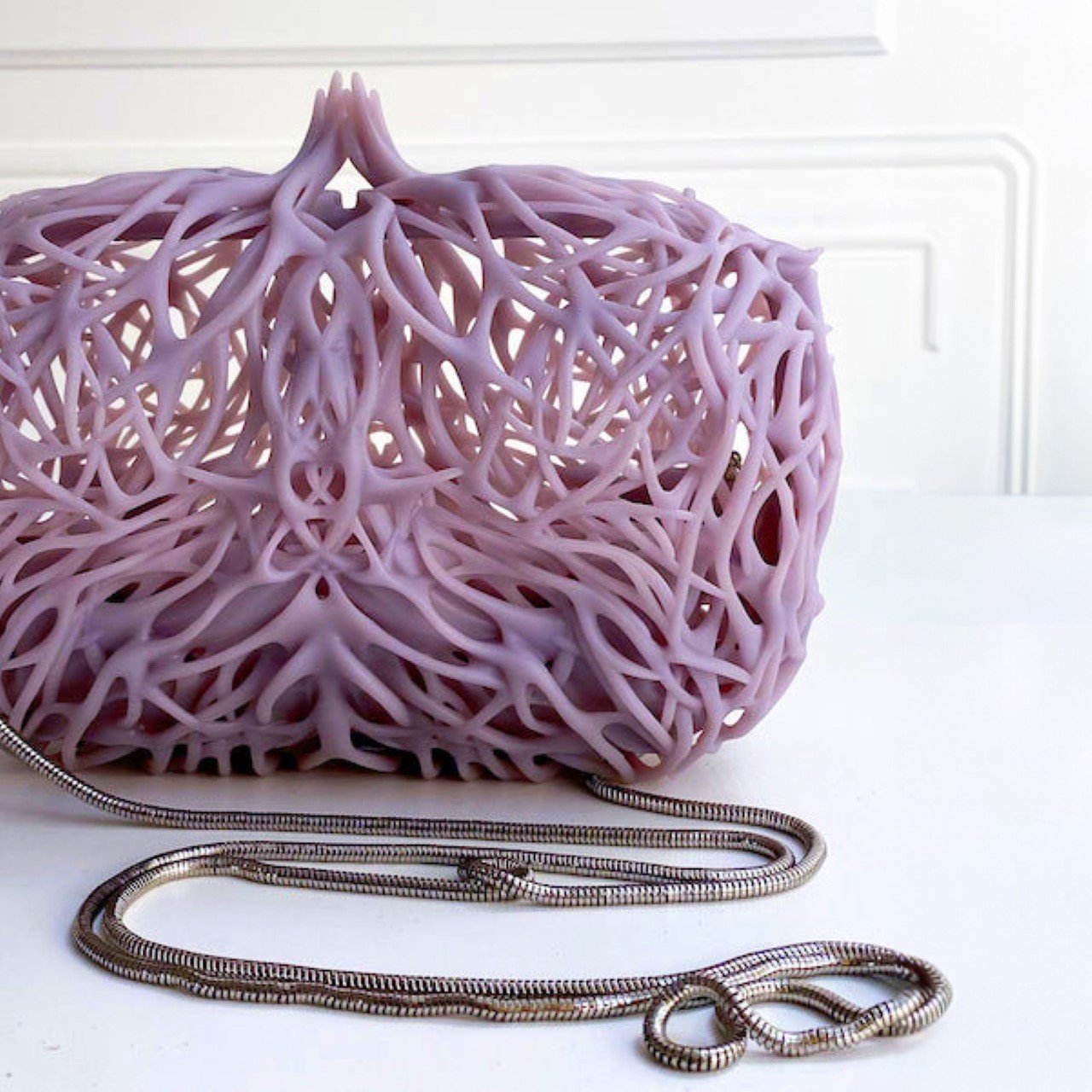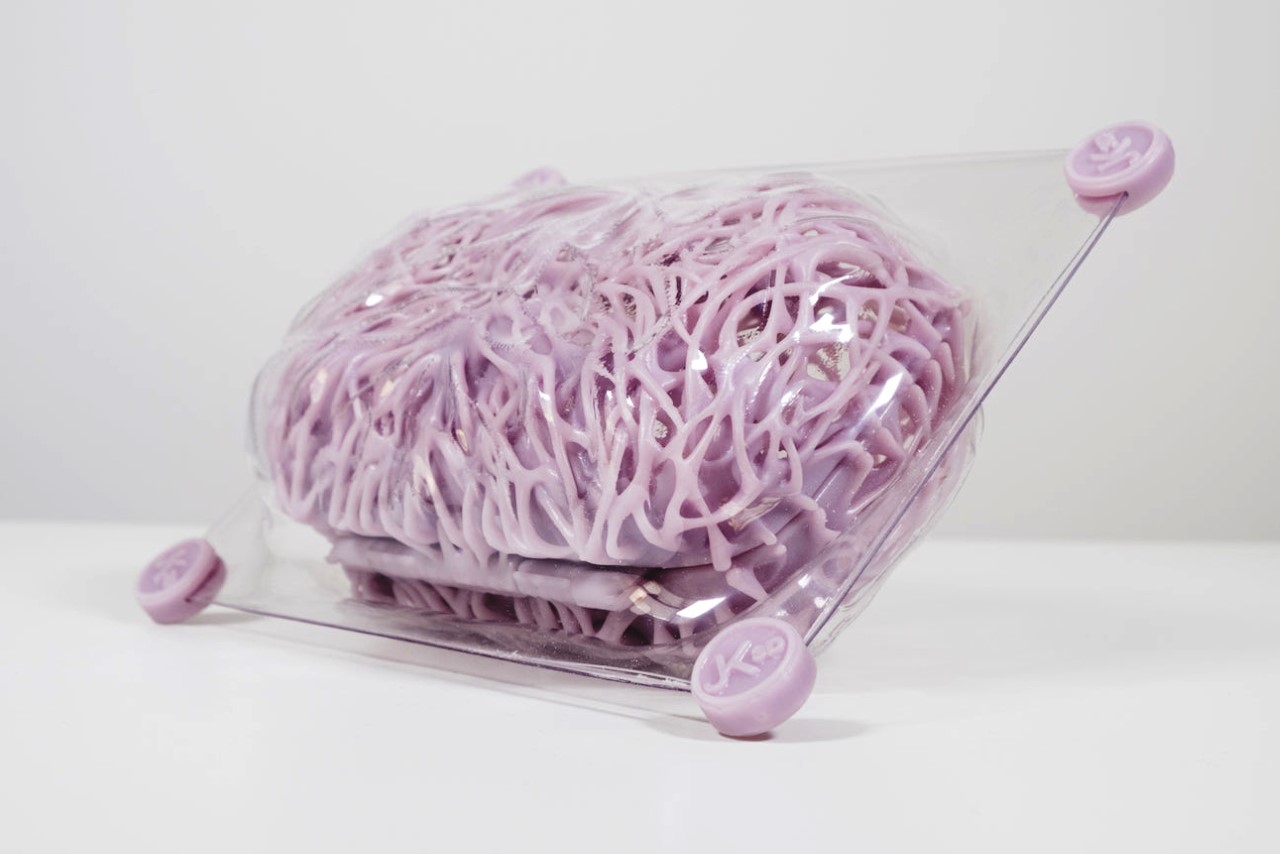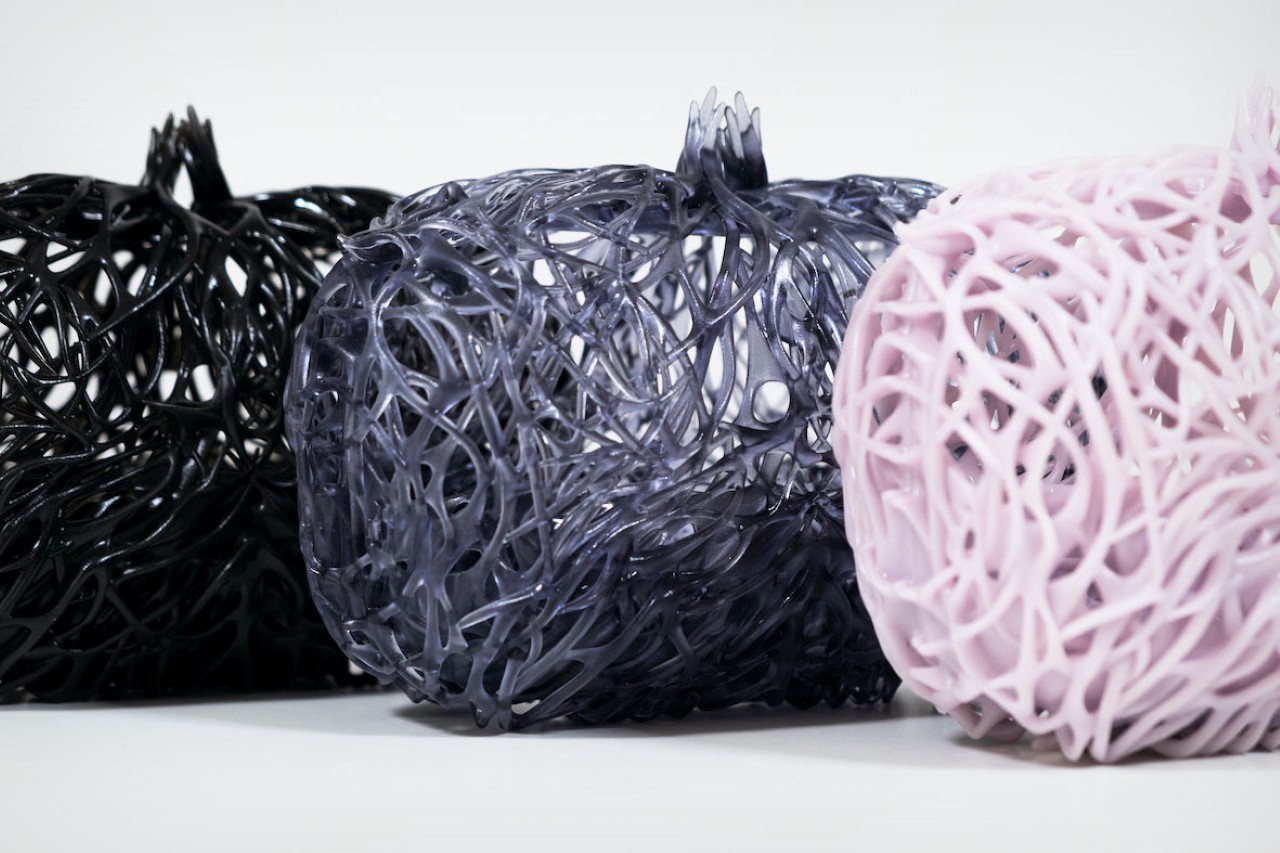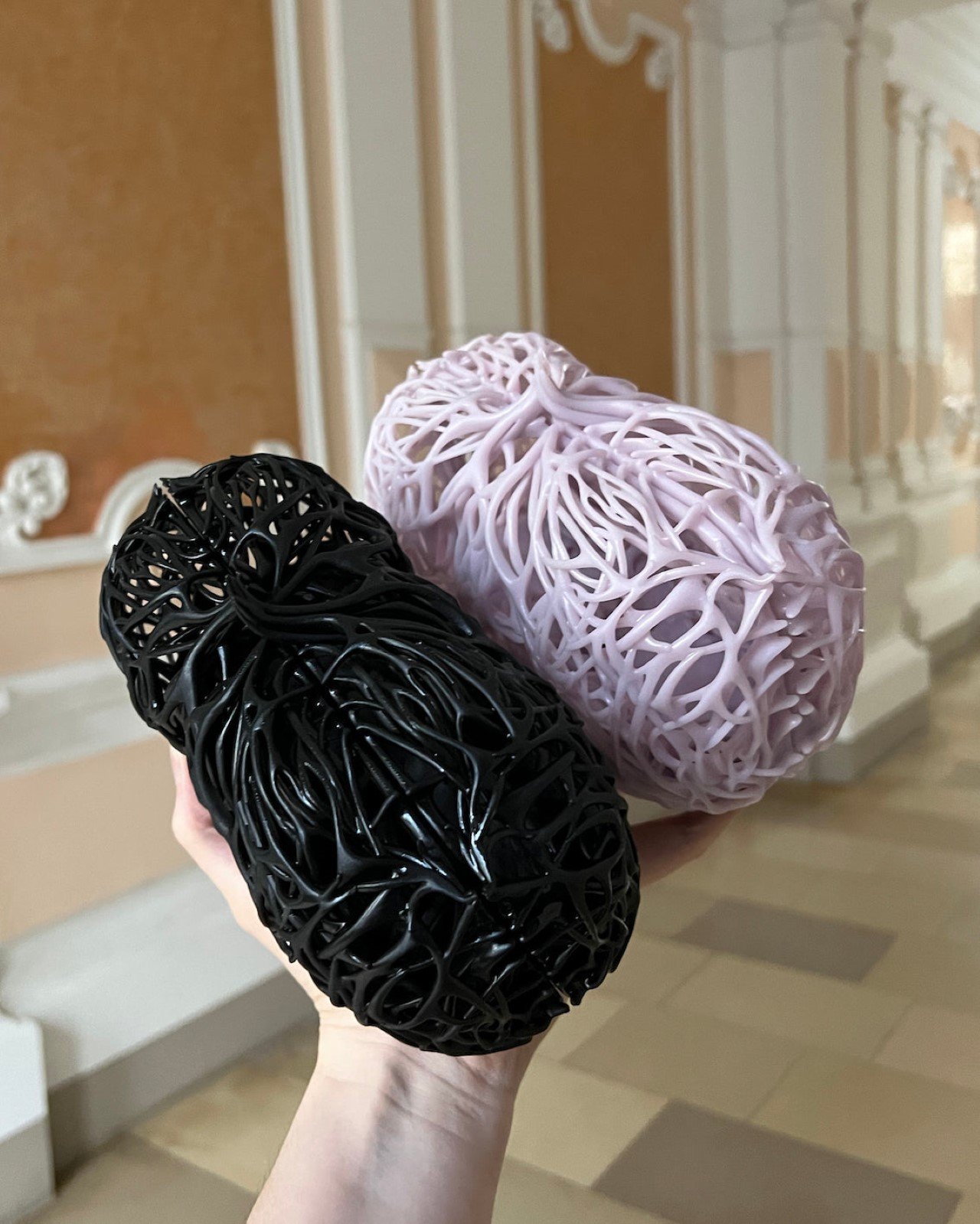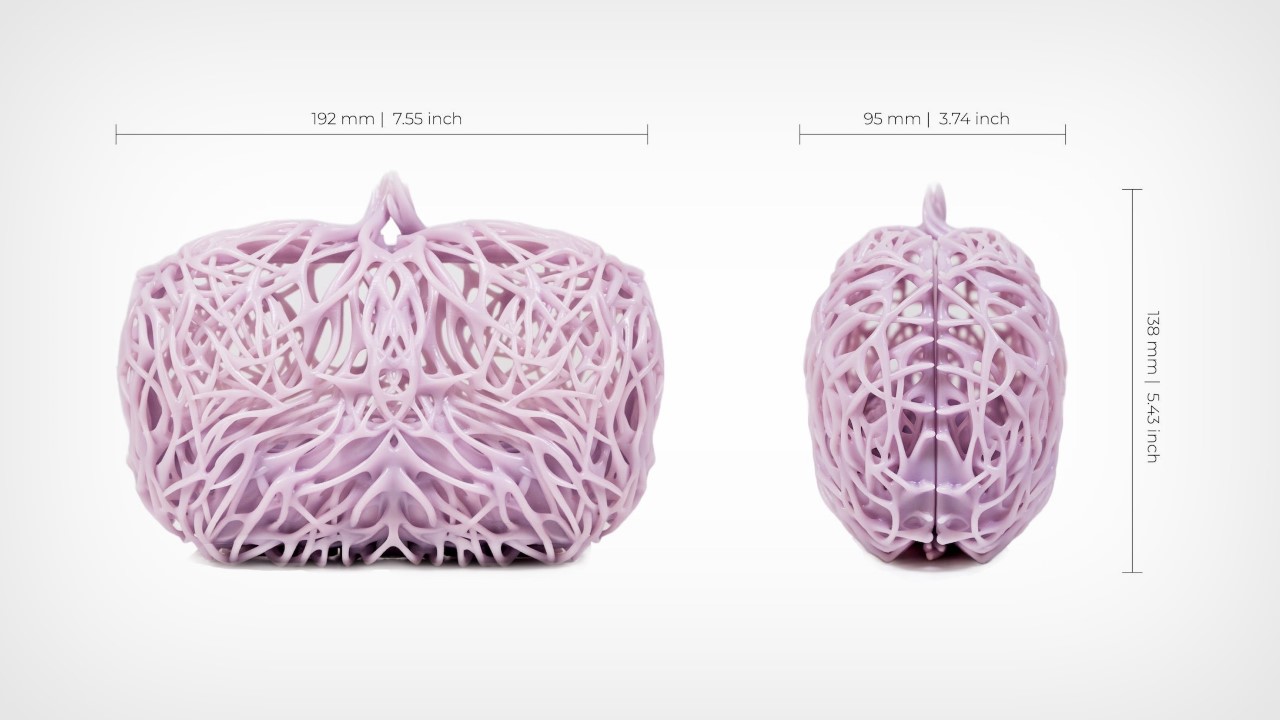
In 2022, reports highlighted a significant trend among Iranian students and entrepreneurs: nearly 50% expressed a desire to emigrate, and 62% were undecided about returning home. This emigration wave, driven by the pursuit of better opportunities, underscores a broader narrative of seeking growth despite facing mental, emotional, and physical challenges. Olka, meaning “homeland” in Persian, is a product born from this very spirit of resilience and transformation.
Olka is a bag that symbolizes the journey of Iranian youth who venture abroad to build better lives. Inspired by these stories, it captures the essence of migration as a path fraught with pain yet ripe with potential for growth. The design metaphorically represents this journey, where every slit and seam is a stepping stone toward creating something beautiful, similar to a flower blooming through adversity.
Designer: Maryam Hosseini

Leather, known for its durability, often outlasts the threads used in stitching, which degrade faster, compromising the overall longevity of leather products. Olka addresses this issue innovatively by eliminating stitches altogether. Instead, it uses a modular interlocking system where leather pieces fit seamlessly together. This not only enhances the product’s durability but also streamlines production, as the assembly process is faster and more efficient. Additionally, any damaged component can be easily replaced, extending the bag’s life and making it sustainably fashionable.

One of Olka’s standout features is its consumer-centric design approach. The bag comprises 72 genuine cow leather pieces, each meticulously designed in 2D and 3D using AutoCAD and precisely cut with laser technology. These pieces are interwoven, creating a sturdy, cohesive structure without the need for stitching. Consumers have the option to order the bag in separate components, accompanied by a manual, allowing them to assemble it themselves. This DIY aspect fosters a deep emotional connection and sense of belonging, as users actively participate in the creation of their bag.
Olka also includes a handcrafted inner bag made from genuine cow leather, which can be used independently as a minimalist crossbody bag. This dual-functionality adds to the product’s versatility and appeal, catering to various needs and occasions.

The journey to creating the bag involved extensive research across several domains, including interlocking systems, modular design, consumer behavior, DIY product trends, and the migration patterns of young Iranians. This thorough exploration ensured that Olka was not just a product, but a solution that resonates deeply with its target audience. The primary challenge faced during Olka’s development was ensuring that the interlocked components provided strength comparable to traditional stitching. Additionally, the concept of delivering the bag in separate pieces for consumer assembly required meticulous testing to guarantee ease of use and durability. The successful resolution of these challenges is a testament to the innovative spirit and technical expertise behind the bag.

The post This Modular Handbag Ditches Stitches for Interlocking Leather Pieces first appeared on Yanko Design.
